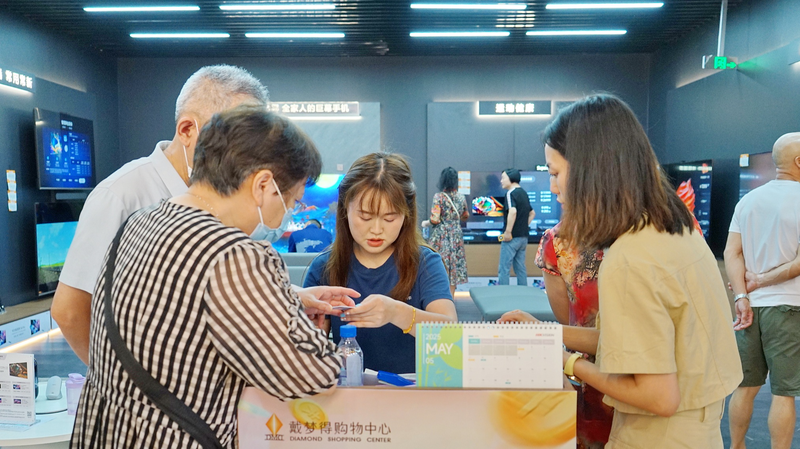Imagine swapping your old fridge for a brand-new model at a fraction of the cost. That’s the reality for millions thanks to the Chinese mainland's consumer goods trade-in program, which has engaged over 66 million consumers this year alone.
According to the Ministry of Commerce, more than 109 million home appliances have been exchanged so far, alongside over 74 million digital devices and 9.06 million electric bicycles. These figures highlight a massive shift toward sustainable upgrades and circular consumption.
In the first five months, the program generated 1.1 trillion yuan in sales, injecting fresh momentum into the domestic market. Retail sales of consumer goods—a key indicator of spending strength—rose 5 percent year on year in the first half, outpacing first-quarter growth by 0.4 percentage points.
What’s driving this surge? For young global citizens and tech enthusiasts, it’s the chance to stay ahead of the curve with the latest gadgets. For entrepreneurs and startups, secondary markets for refurbished products are opening new revenue streams. And for sustainability advocates, the program offers a blueprint for reducing waste through official support.
Beyond numbers, the initiative’s ripple effects are clear: tech platforms are optimizing trade-in logistics, electric bicycle makers are boosting R&D investments, and retailers are rethinking inventory models. This collective push underscores how policy and innovation can converge to reshape consumer habits.
As the Chinese mainland’s program continues, other economies and digital nomads may eye similar schemes to fuel demand, support local industries, and promote eco-friendly consumption. It’s a story of transformation, one device at a time.
Reference(s):
cgtn.com



